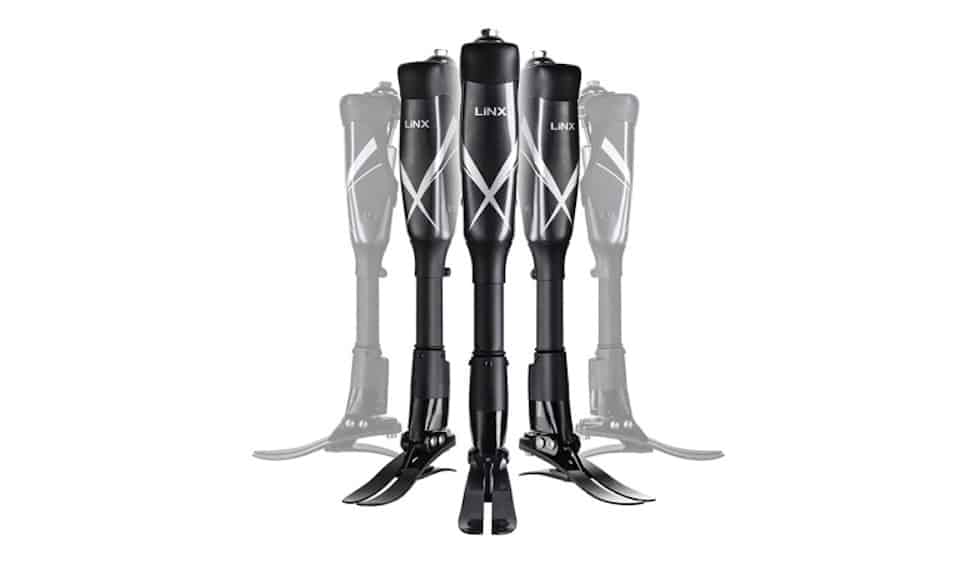
The prosthetic limb, known as the Linx, is one of three finalists for the £50,000 prize, awarded by the Royal Academy of Engineering.
The Linx, developed by Basingstoke-based prosthetics specialist Blatchford, is the first limb to be equipped with integrated robotic control of the knee and foot, in which the two joints work together in the same way as a human leg.
An array of sensors across the knee and ankle continuously collect data on their surrounding environment, and the terrain on which the wearer is walking or standing.
A central processor collects this information and uses specially developed software, called Mi² (Motion integrated intelligence), to adapt the position of the knee and ankle in response, according to Prof Sayeed Zahedi, technical director at Blatchford.
“We use a whole array of sensors to sense the environment, whether the person is standing, sitting, walking on the flat, going up or down a ramp, or up or down stairs,” he said. “We can then use information from those sensors that are measuring the ankle function to instruct the knee, and use the knee sensors to instruct the ankle, so there is a continuous dialogue between the two joints.”
Prosthetic limb wearers use a considerable amount of concentration and energy in just keeping steady whilst standing still. This can lead to lower back pain and hip problems, said Zahedi.
So the Linx is designed to sense when the wearer comes to a standstill, and automatically lock in position. Then, when the user wants to move on, the sensors unlock the joints again.
By redistributing the load more evenly at the point at which the prosthesis meets the leg, the system also helps to increase the wearer’s comfort, Zahedi said.
To fit a patient with the Linx, a clinician calibrates the limb’s central processor using a specially developed algorithm. This process allows the limb to learn and adapt to its wearer’s natural walking speed and style.
The calibration process is much quicker than those for previous robotic limbs, as the ankle and knee are able to continuously talk to each other, allowing the smart algorithm to adjust both joints simultaneously.

JLR teams with Allye Energy on portable battery storage
This illustrates the lengths required to operate electric vehicles in some circumstances. It is just as well few electric Range Rovers will go off...